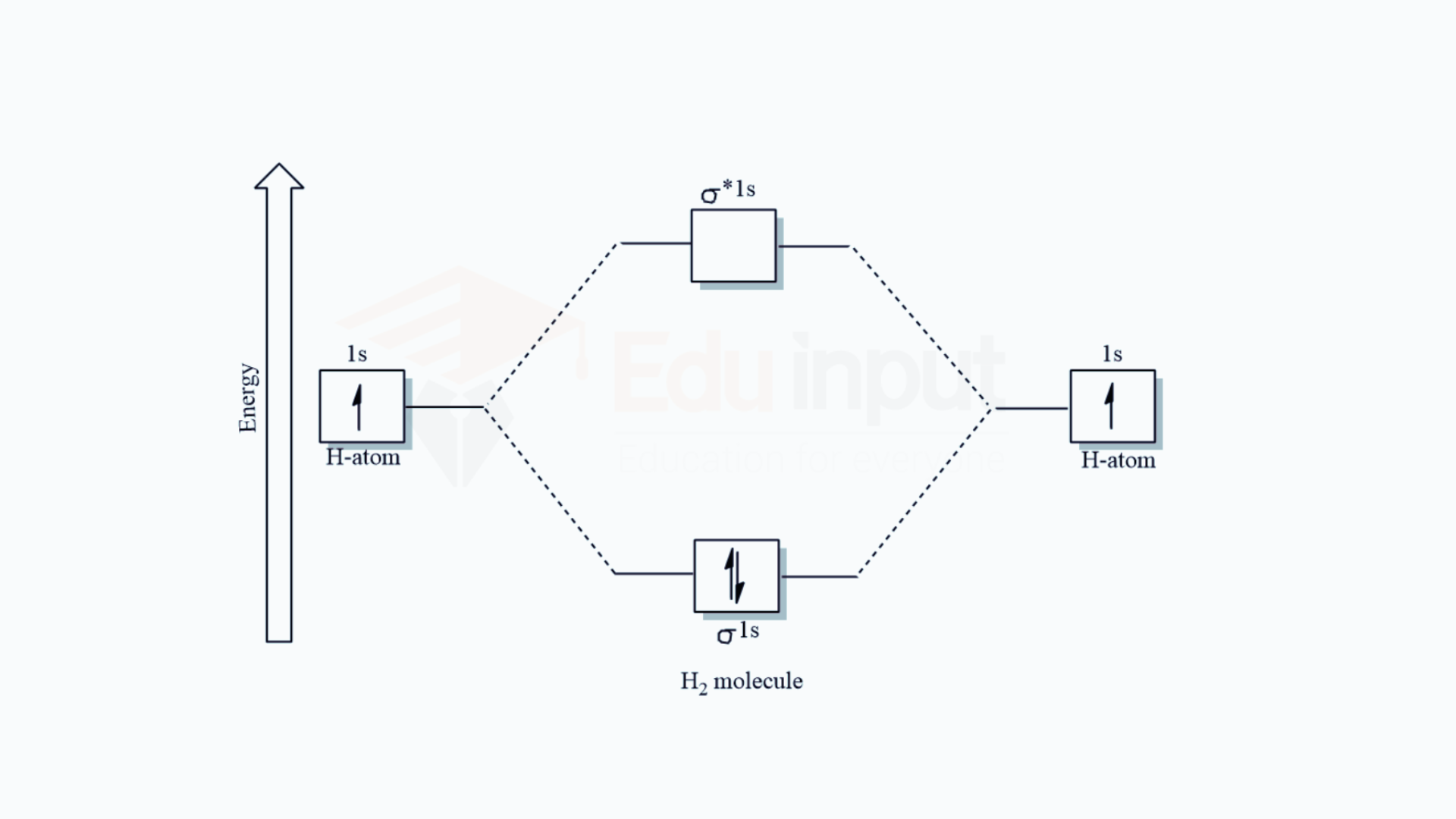Chemical bonding-definition, causes, chemical reactivity, examples
The role of chemical bonding for the life is the most important. Chemical bonding means any atoms joined together through a force of attraction. This force is called a chemical bond. So we can define a chemical bond as a force of attraction between two atoms.
Chemical bond definition
The attractive force that binds two or more atoms, ions, or molecules together is called a chemical bond.
Cause of chemical combination
The tendency of an element to attain a stable electronic configuration is the cause of chemical combination.
All the elements in the periodic table tend to stabilize. This stability can be the result of electronic configuration. It means periodic table elements can donate their electron to other atoms or gain electrons from other atoms. This gain or donation of electrons is aimed to attain the nearest Nobel gas electron configuration or to follow the octet rule.
The chemical reactivity of elements depends upon their characteristic electronic configuration. From this point of view, elements are of two types.
(i) Inert elements
(ii) Reactive elements
(i) Inert elements
The inert elements have the stable configuration of valence shell i.e. 1s2 for He or ns2 np6 for Ne, Ar, Kr, Xe, and Rn. They show little chemical reactivity. They have only a few compounds with less stability. Some of compounds of XeF2, XeF4, XeF6, XeOF2, XeO3 etc. Inert elements are most stable due to filled s and p orbitals.
Example

(ii) Reactive elements
They combine due to their natural tendency to stabilize themselves by losing or gaining electrons to attain the nearest inert gas configuration. This is further explained by the octet rule.






Leave a Reply